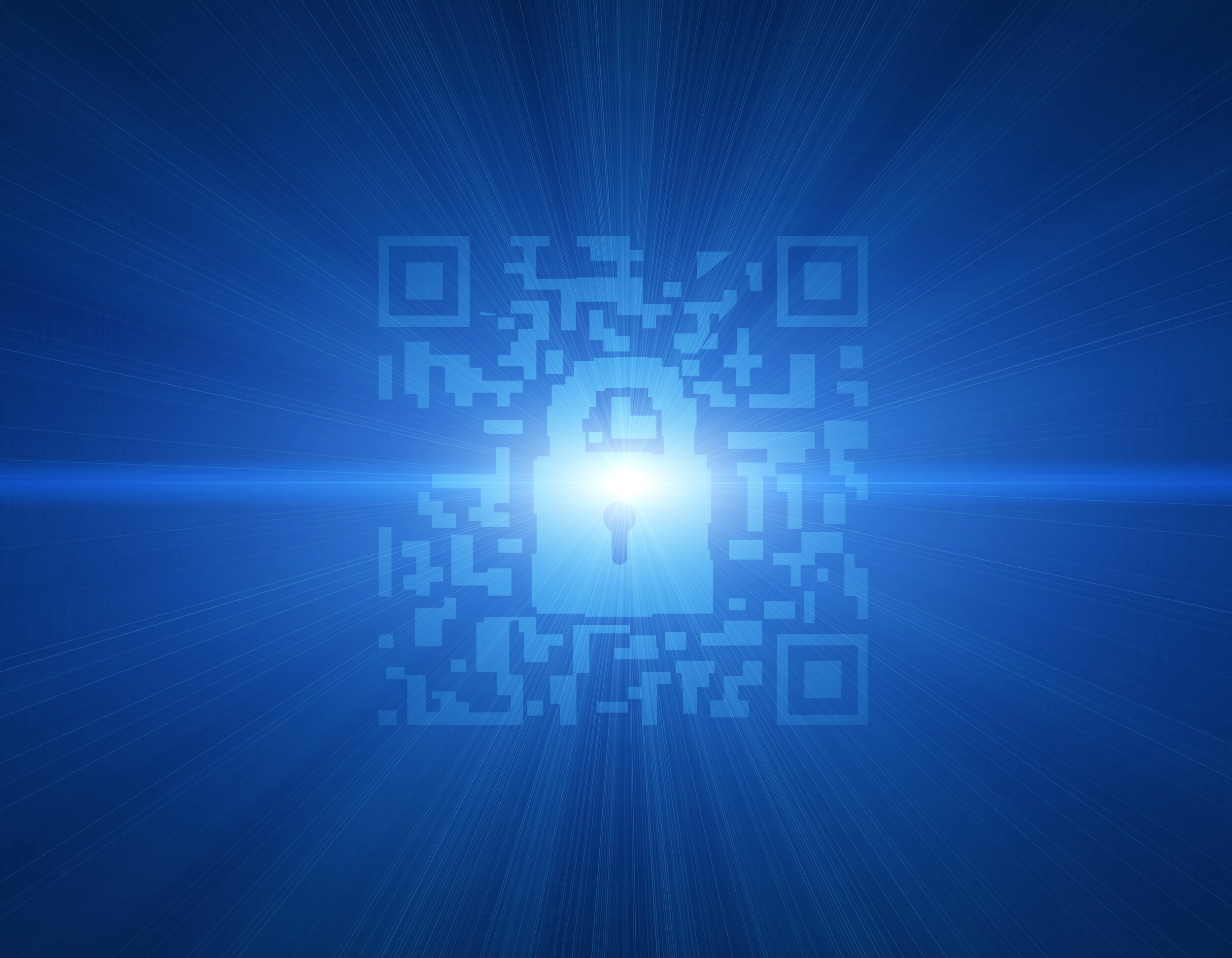Around this time of the year, websites and publications are fond of two types of feature articles. There’s the review of the year just coming to an end, and also the predictions from experts about what the year ahead has in store.
Of course, this time last year nobody’s 2020 vision foresaw a global pandemic that would dominate the year, change our definition of normal life, and devastate families and businesses all over the world.
However, back in February of this year, when the threat of COVID was becoming a global cause for concern, we posed the question on this site about whether 2020 would be the year of the QR code. In fairness, it’s not the first time that question has been asked about Quick Response code technology so we’re not trying to claim particularly great foresight here.
For many years, QR codes seemed stuck in ‘geekdom’. They required special apps or dedicated devices to read them and had largely only found their niche in industrial and logistical settings, tracking parts and the movement of goods. It was almost as if the sheer flexibility of the technology was paradoxically holding it back from mainstream consumer use.
But during the last few years changes were taking place that would eventually liberate the QR code and allow it to prove its value. The most important change being the smartphone companies enabling their onboard cameras to read and interpret QR codes without any requirement for a specialist app.
So, when we posed the question about QR codes and 2020, we were simply recognising that the barriers to their usage were being dismantled, and also that upcoming PSD2 legislation was going to require much more stringent authentication of online payments than SMS messages, and that the QR code was well placed to provide that solution.
Spin forward a few months and the spread of COVID 19 saw all sorts of QR code applications spring up, including downloading menus and ordering food and drink direct from your table in pubs and restaurants. Then the release, in the UK, of the NHS Track and Trace App with its QR code check-in system chalked up more than 12 million downloads in just four days. Today, the ease of use, simplicity and security of the QR code has become widely recognised. Some 26 years after it was first used in auto assembly factories in Japan, the QR code effectively became an overnight sensation.
It won’t surprise you to hear that we think this success will continue throughout 2021. The drive towards contactless payments has been accelerated by the spread of Covid-19 and QR code-based payment and transaction mechanisms such as our own Onescan app are coming to the fore.
The Onescan app provides a simple, fast and secure transactional environment both online or in-store. And of course, our technology can also take advantage of the smartphone’s camera to initiate a secure Onescan transaction without any requirement to download our specialist app.
What’s more, unlike other contactless payments, there’s no limit to the transaction value, and the authentication process required also means it is safe from fraudsters trying to tap-and-steal your card-based funds. Just as importantly, our patented Ensygnia platform and the process that supports Onescan transactions does not store any customer personal or financial information – this means it is safe from hackers looking to steal customer data from a central source, because quite simply there is no central source.
For most people, 2020 was a year to forget. Yet for many technologies, it was a year that saw a massive spike in the usage – video calling and conferencing systems have never been more popular for example. And the QR code was certainly another technology that rose to the challenge.
All of which means that our best prediction for the year ahead, is that now these technologies are ‘out’ and proving their worth in the wild – nobody is going to put them back in the box. In particular, the year ahead will see increased usage of QR codes, and their value will be more widely recognised. And after the year the world has just suffered, we’re not going to try to predict anything more than that, but we are hoping that 2021 will a lot healthier for us all.
To find out more about Onescan, its use for contactless payments, or to authorise transactions under PSD2 and SCA rules, click here. And to learn more about Ensygnia’s worldwide patents, click here.
* It must be understood by the reader that the comments made above reflect that Ensygnia IP Ltd is a patentee in the field of technology providing a service, and who is currently engaged in litigation with the Royal Dutch Shell Group in respect of the latter’s use of such technology.


